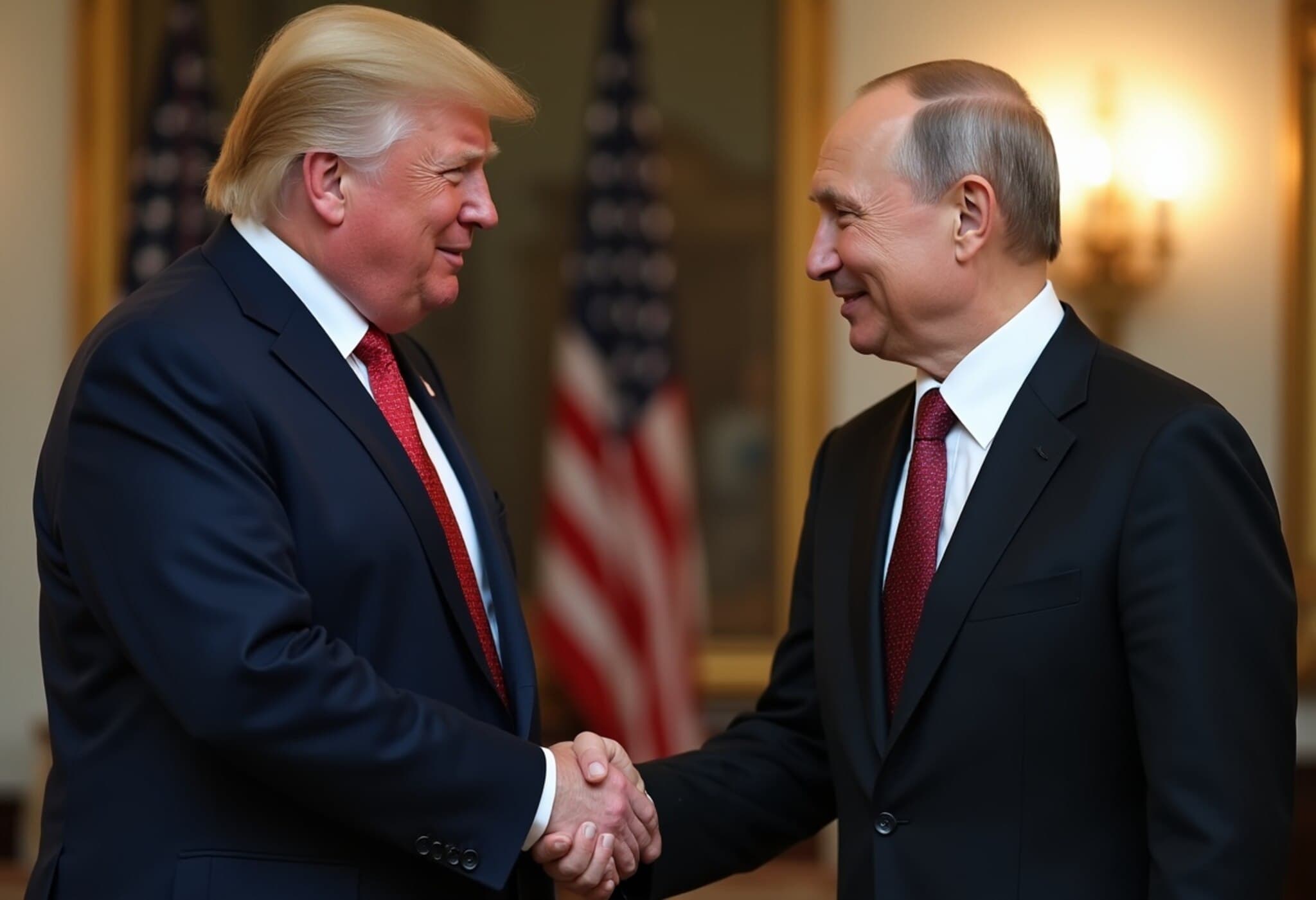Decoding the Historic Handshake Between Trump and Putin
When Presidents Donald Trump and Vladimir Putin met recently, their handshake sparked widespread attention—not just as a diplomatic greeting but as a window into their underlying power dynamic. Renowned body language expert Patty Ann Wood offers keen insight into this moment, revealing a complex interplay of warmth, deference, and subtle assertion.
Trump’s Palm-Up Gesture: A Sign of Deference?
Normally, Trump is known for asserting dominance in handshakes, often placing his hand on top to convey control. Yet, in this instance, Wood observes he extended his palm upward, effectively allowing Putin to place his palm on top. This inversion suggests, at least subconsciously, that Trump may perceive Putin as the more powerful figure in their interaction.
"The palm-up is traditionally viewed as a weaker or more subordinate position," Wood explains. "Trump’s usual approach is to initiate a strong grip close to his mid-body, pulling the other person in as a show of dominance. He maintained this aspect, but the palm positioning hints at deference."
Warmth and Confidence Amid Power Plays
Despite this subtle surrender, the handshake wasn’t cold or adversarial. Both leaders smiled and maintained steady eye contact, projecting a measure of warmth and mutual respect. Wood points out that Trump’s smile was natural and his posture unusually erect, possibly due to wearing a supportive garment, but signaling confidence and anticipation rather than nervousness.
"Their heads remained close together, and the smiles were genuine," she notes, "highlighting a blend of familiarity and the complex dance of asserting and yielding power in diplomatic encounters."
Putin’s Body Language: Engagement Over Aloofness
Contrary to his reputation for coldness or detachment—often shown by slouching or dismissive gestures during talks—Putin’s body language here was markedly engaged. CNN reports that during the meeting, Putin leaned forward with hands clasped, responding with subtle smiles and showing a focus rarely associated with his usual guarded demeanor.
This posture signals active participation and, perhaps strategically, a display of controlled strength. Former U.S. presidents and diplomats have previously noted Putin’s tendency to appear disinterested, but this encounter projected a more involved and calculated presence.
What Does This Mean for U.S.-Russia Relations?
These nonverbal cues offer a meaningful glimpse into the intricacies of U.S.-Russia diplomacy under Trump’s administration. The handshake’s mix of deference and control underscores the delicate, sometimes ambiguous balance of power between these two world leaders.
Experts note that such body language nuances can influence public perceptions and even diplomatic outcomes, signaling underlying respect, caution, or strategic maneuvering.
Key Takeaways
- Trump’s palm-up handshake: Indicates a rare gesture of deference to Putin’s perceived power.
- Maintained eye contact and smiles: Reflects warmth and the complexity of their relationship beyond rivalry.
- Putin’s forward-leaning posture: Suggests engagement and control, defying assumptions of disinterest.
Editor’s Note
The subtle power play embedded in this handshake exemplifies how body language can reveal as much about international political relationships as official statements. In an era where optics heavily influence diplomatic narratives, such nuanced observations help decode the true tenor of interactions between world leaders.
As U.S.-Russia relations continue to evolve amid global tensions, understanding these interpersonal dynamics remains critical for policymakers, analysts, and the public alike. What other unspoken signals might leaders be sending? And how do these moments shape the broader geopolitical landscape? These questions deserve closer attention as we interpret not just what is said, but what is silently communicated on the world stage.

